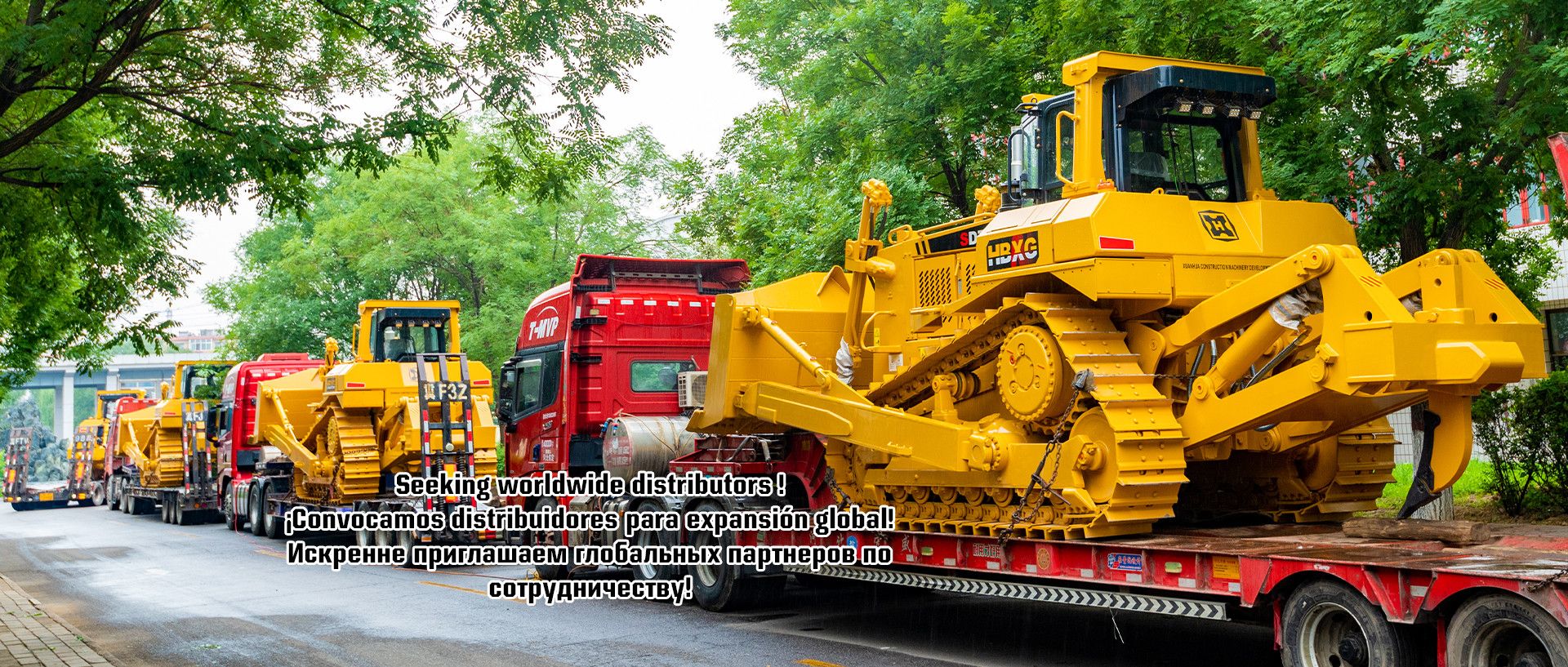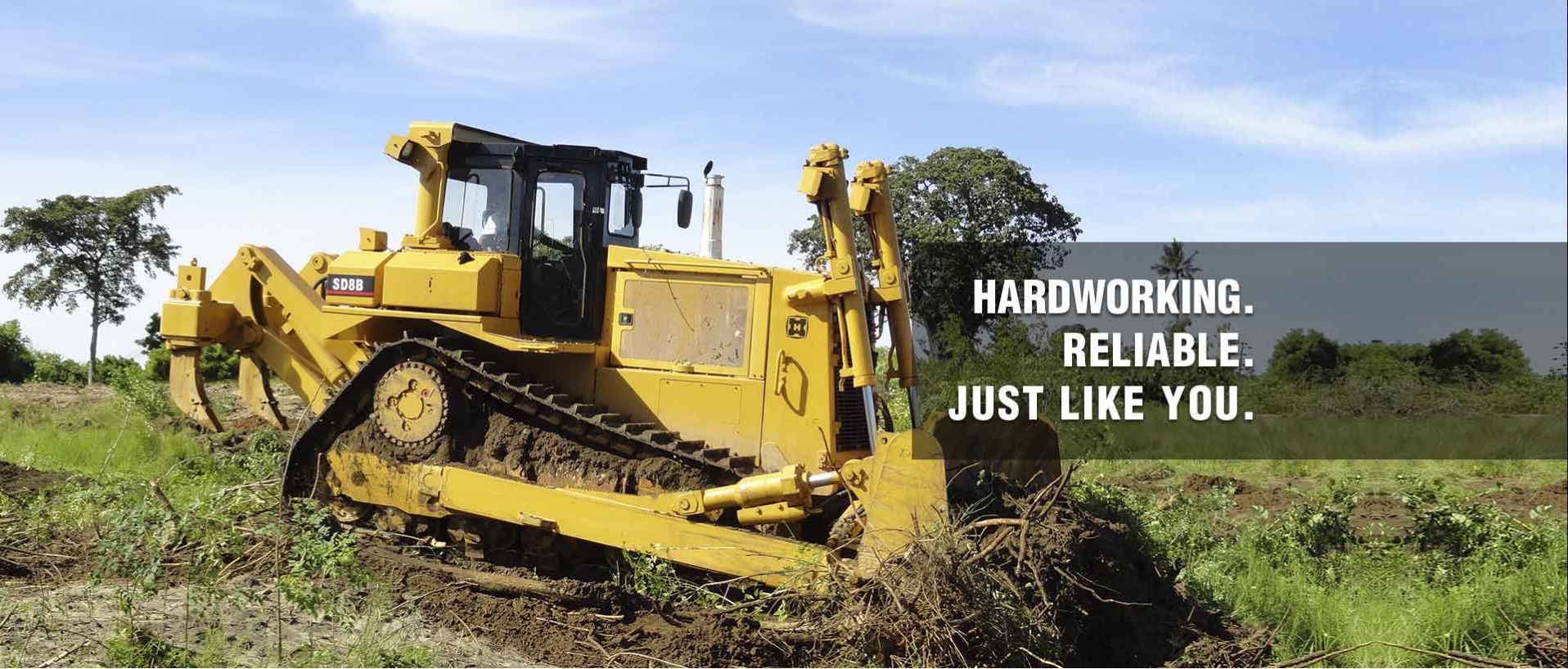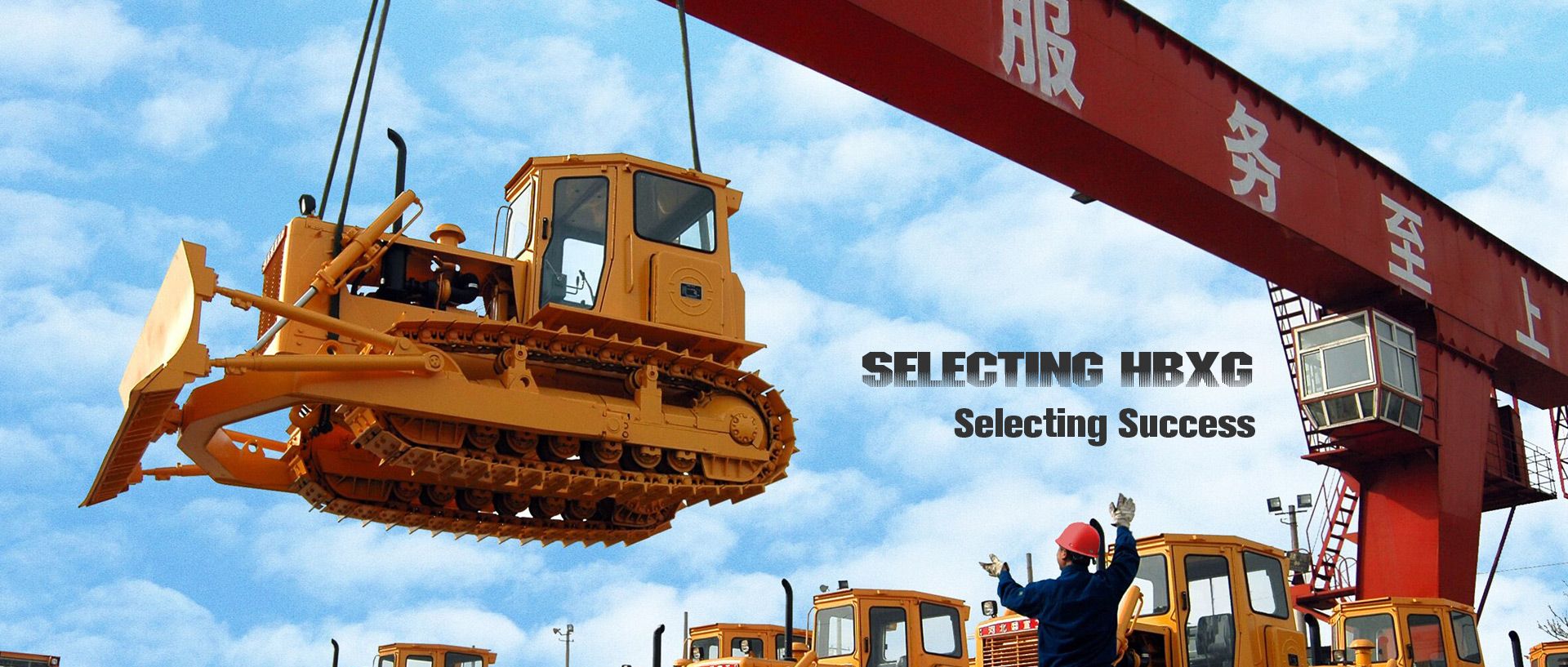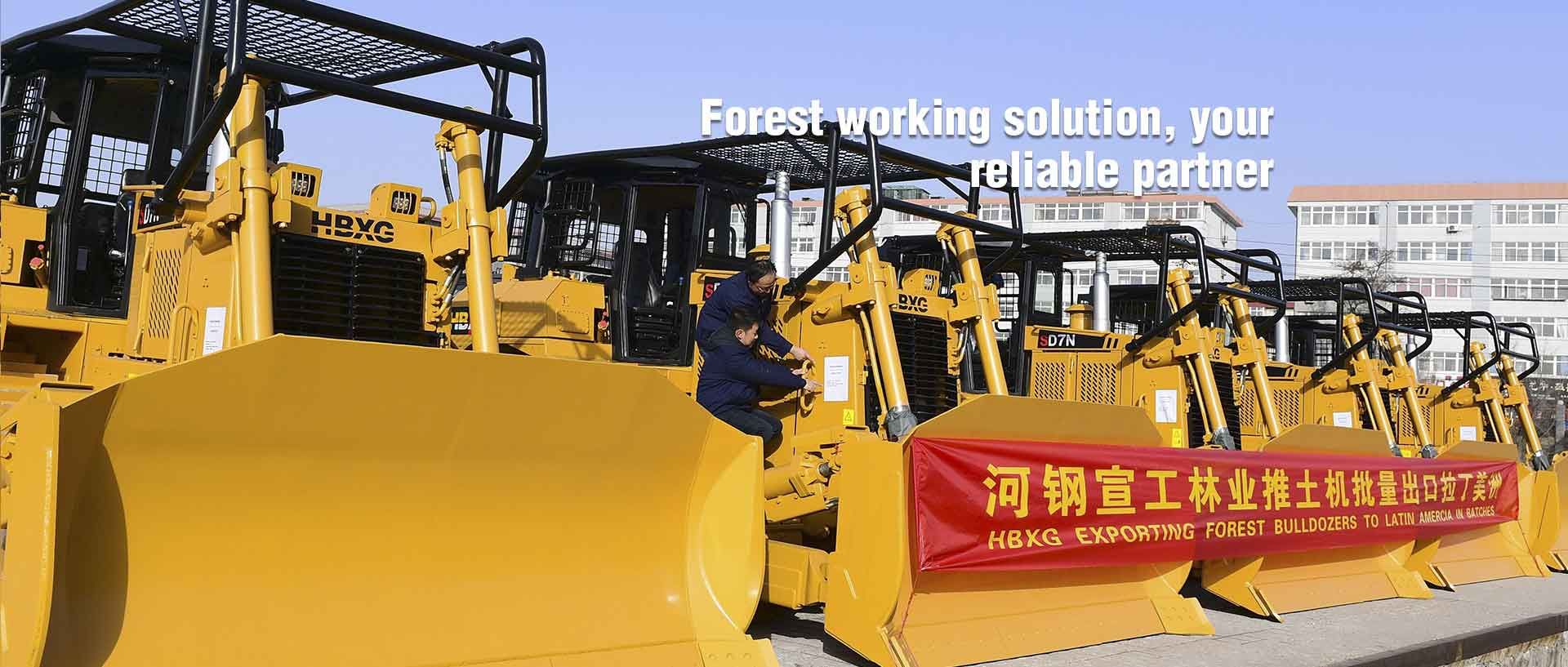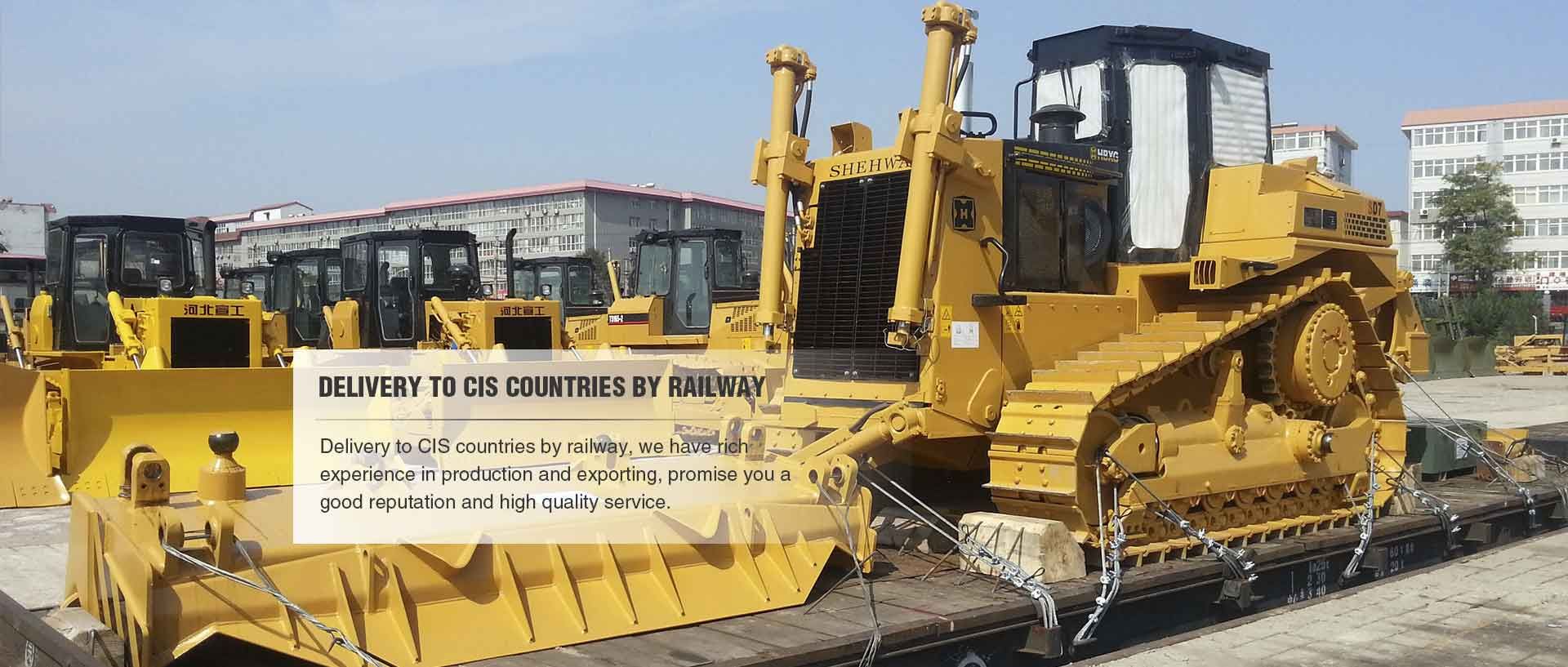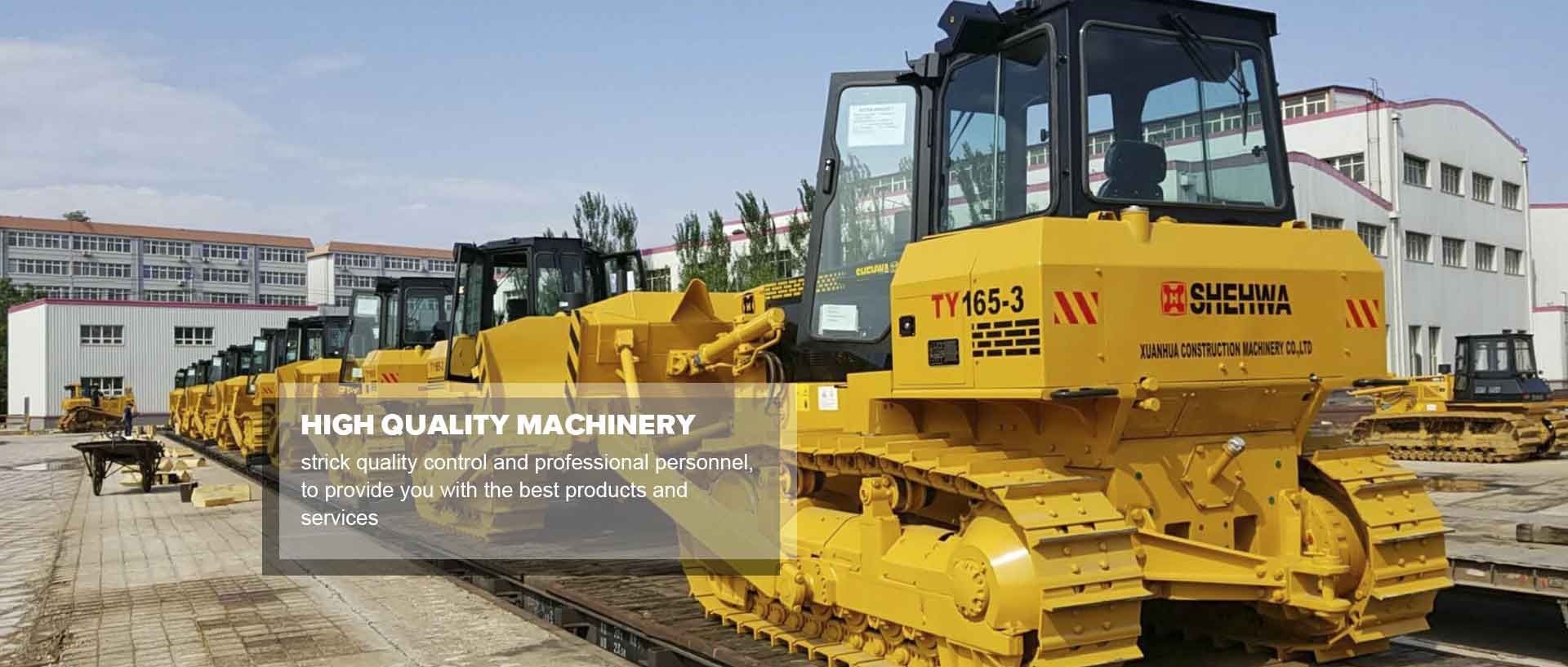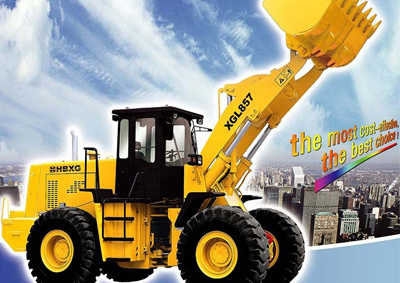Differences Between a Wheel Loader and a Loader
 Mar. 24, 2025
Mar. 24, 2025
Loaders and wheel loaders are two types of heavy equipment commonly used in construction, mining, and various material handling applications. While both machines are designed for similar tasks, they have distinct differences that make them suitable for specific jobs. In this article, we will explore the key differences between a loader and a wheel loader to help you understand when to use each machine.
1. Mobility
One of the most significant differences between a loader and a wheel loader is mobility. A loader typically has tracks or wheels and is capable of moving in various directions, making it highly maneuverable. In contrast, a wheel loader is specifically designed with wheels, which provide better speed and mobility for tasks that involve a lot of traveling between loading and dumping points.
2. Tires vs. Tracks
A loader typically has tracks or tires that are well-suited for working on rough and uneven terrain. These machines are ideal for applications that require traversing challenging landscapes, such as forestry, agriculture, or construction sites with soft or muddy ground. Wheel loaders, on the other hand, have large wheels that provide better traction on hard surfaces like roads, making them suitable for tasks like material handling in quarries or loading trucks at construction sites.
3. Load Capacity
Loaders and wheel loaders differ in their load capacities. Loaders, often known as skid steer loaders or compact loaders, are generally smaller and have lower load capacities compared to wheel loaders. They are suitable for tasks that involve handling smaller loads, such as landscaping, snow removal, or light construction work. Wheel loaders, with their larger size and stronger engines, are designed for heavy-duty tasks that require moving substantial amounts of material, like loading large trucks or stockpiling materials in bulk.
4. Steering Mechanism
Another key difference is the steering mechanism. Loaders typically use skid steering, where the left and right wheels or tracks move at different speeds to change direction. This mechanism allows for quick and agile turns but may require more skill to operate. Wheel loaders, on the other hand, use articulated steering, which allows the front and rear sections of the machine to pivot independently. This results in smoother and more precise steering, making wheel loaders easier to maneuver in tight spaces.
5. Versatility
Loaders are known for their versatility and can be equipped with a wide range of attachments, such as buckets, forks, and hydraulic hammers. This versatility makes them adaptable to various tasks, from landscaping to excavation. Wheel loaders, while less versatile in terms of attachment options, excel in specialized tasks like high-volume material handling and loading operations.
6. Size and Weight
Loaders are generally smaller and lighter than wheel loaders. Their compact size allows them to access tight spaces and navigate through narrow pathways. In contrast, wheel loaders are larger and heavier machines, making them better suited for heavy-duty applications where stability and lifting capacity are crucial.
7. Bucket Position
Wheel loaders are equipped with a front-mounted bucket, which improves visibility and allows for efficient loading. These loaders can have buckets in different positions, providing enhanced maneuverability and better access to confined spaces.
8. Multifunctionality
A key distinction between a loader and a wheel loader is the latter's multifunctionality. Wheel loaders are equipped with large wheels specifically designed for lifting and loading large amounts of material in outdoor environments. In contrast, loaders feature tires or tracks suited for various conditions. Additionally, loaders offer more attachment options than wheel loaders, such as buckets, forks, hydraulic hammers, and more.
9. Weight Distribution
Wheel loaders are designed with a counterweight at the rear to balance the weight of the heavy front-mounted bucket, ensuring stability during lifting operations. Loaders, on the other hand, typically have a more compact design that distributes weight more evenly across the machine. For example, skid steers, which are compact loaders, excel at handling and moving materials in tight spaces.
In summary, the choice between a loader and a wheel loader depends on the specific requirements of your project. Loaders are versatile and maneuverable, making them suitable for a wide range of tasks, especially in tight spaces. Wheel loaders, with their high load capacity and mobility on solid surfaces, are best suited for heavy-duty material handling and loading operations in larger construction and industrial settings.
As a wheel loader manufacturer, we can produce powerful wheel loader with high quality and low price. If you need, welcome to contact us.















